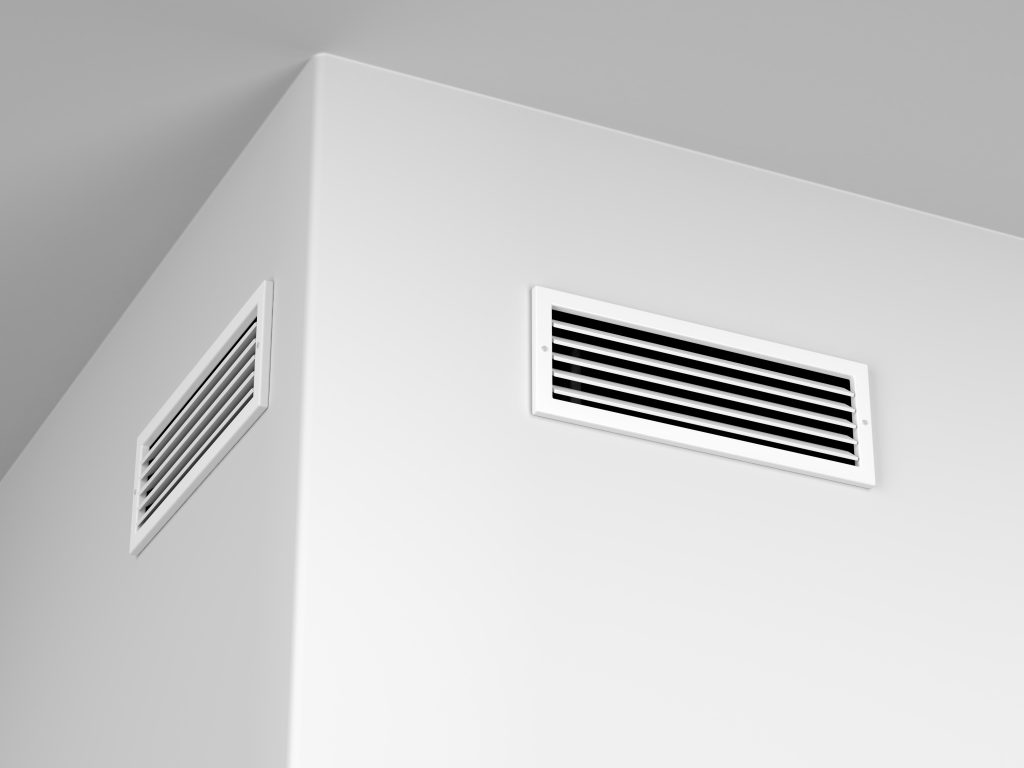VENTILATION

Home Ventilation
The essence of proper home ventilation is to maintain quality indoor air in the home for good health and comfort. Where there is inadequate ventilation in a home, the air becomes stagnant, leading to increased concentration of contaminants and moisture levels causing molds and other health hazards.
Importance of Home Ventilation
Ventilation is critical towards ensuring good quality indoor air which in turn keeps the house and its inhabitants comfortable and healthy. Proper ventilation maintains the air flow in a home to eliminate the accumulation of moisture, odor, and contaminants.
Effects of Home Ventilation for Moisture Control
Indoor activities (such as cooking, showering, and hot-water appliances) as well as penetration of natural air can easily lead to moisture buildup in a home. Where there is inadequate ventilation, the moisture then accumulates in living areas, attaching to surfaces and leaching into walls, and thus encouraging mold growth. Being exposed to molds is hazardous to the health of your family, and the home can be severely damaged by mold growth. Health problems caused by mold exposure resulting from inadequate ventilation include eyes/nose/throat irritation, fevers, headache, immune system breakdown, respiratory damage, and deteriorating symptoms of autoimmune illnesses.
The buildup of moisture in the home can be eliminated by proper ventilation which keeps air in motion always. Mold growth and furniture damage from high levels of moisture can be prevented by moving excess moisture away from living areas.
Correctly Ventilating Your Home
Both mechanical and natural ventilation can bring great benefit to a home. Opening of doors and windows permits the flow of air throughout a home. Even cracks around windows support ventilation, but these are often closed up in order to be energy efficient.
Mechanical ventilation consists of exhaust fans, complete systems for home ventilation, and air ducts in the home.
With exhaust fans you can target ventilation in specific areas where it is most needed. Exhaust fans can be used in bathrooms to remove the buildup of moisture while taking a hot bath, and also in kitchens to eliminate food odor and excess moisture.
Air is kept moving within the air ducts in of a home by complete systems for home ventilation. Stale indoor air is extracted by exhaust airflow systems and removed from the home, while fresh air is supplied to the home by a separate system. A proper home ventilation systems uses both to eliminate stagnant indoor air and steadily replace it fresh air.
You can improve your home ventilation by making sure all vents remain unblocked and open. It is common to have rug or furniture blocking the supply/return registers which connect the duct structure of the home. With these vents blocked, fresh air cannot penetrate living areas and also stale air cannot be removed. Consequently, the quality of indoor air will be diminished and the function of your HVAC system to adequately cool or heat your home will be increasingly impaired.
Ventilation Types
- Kitchen Exhaust
- Bathroom Exhaust
- Environmental Exhaust
- Fresh Air Ventilation
- Dryer vents


